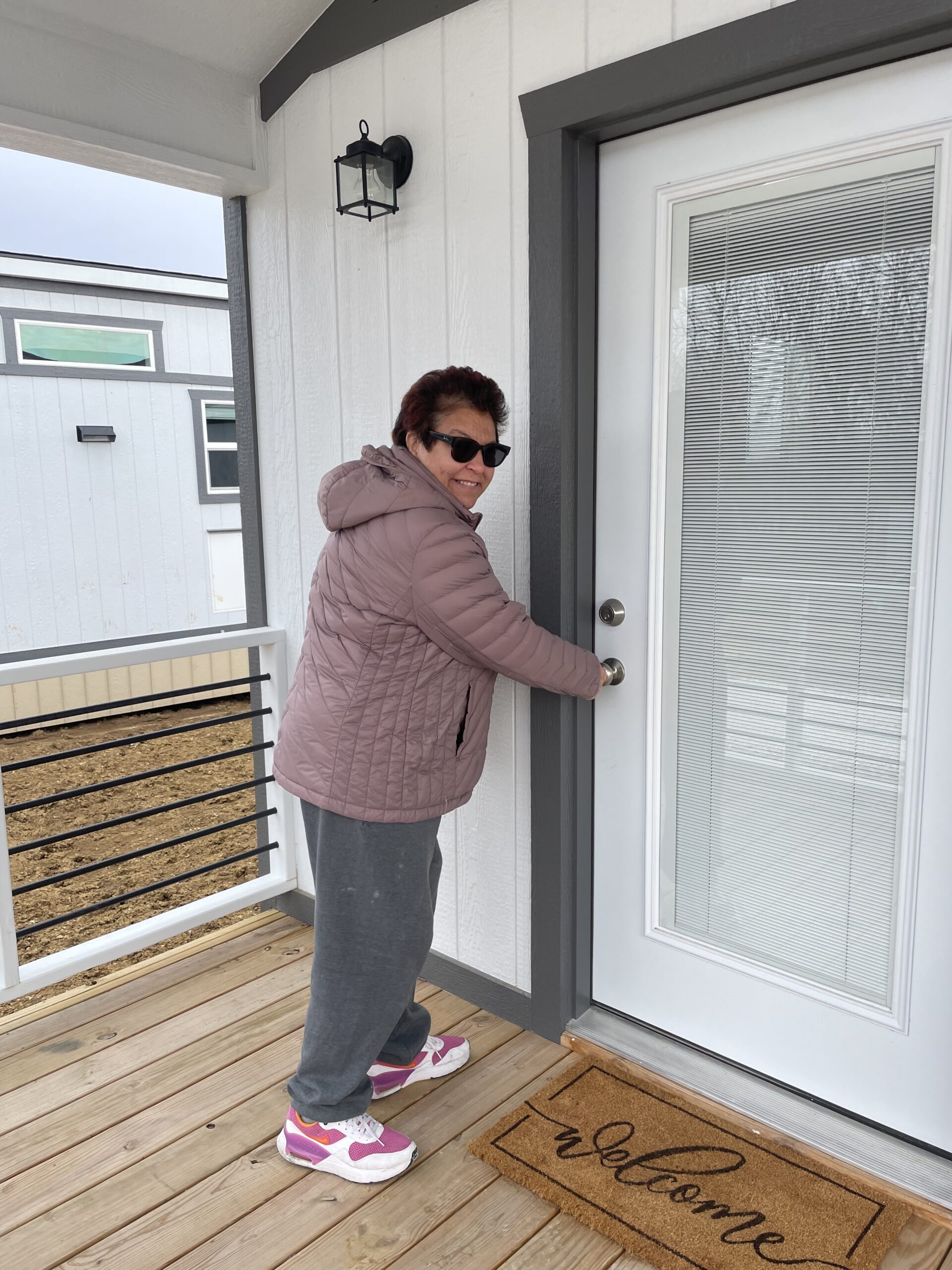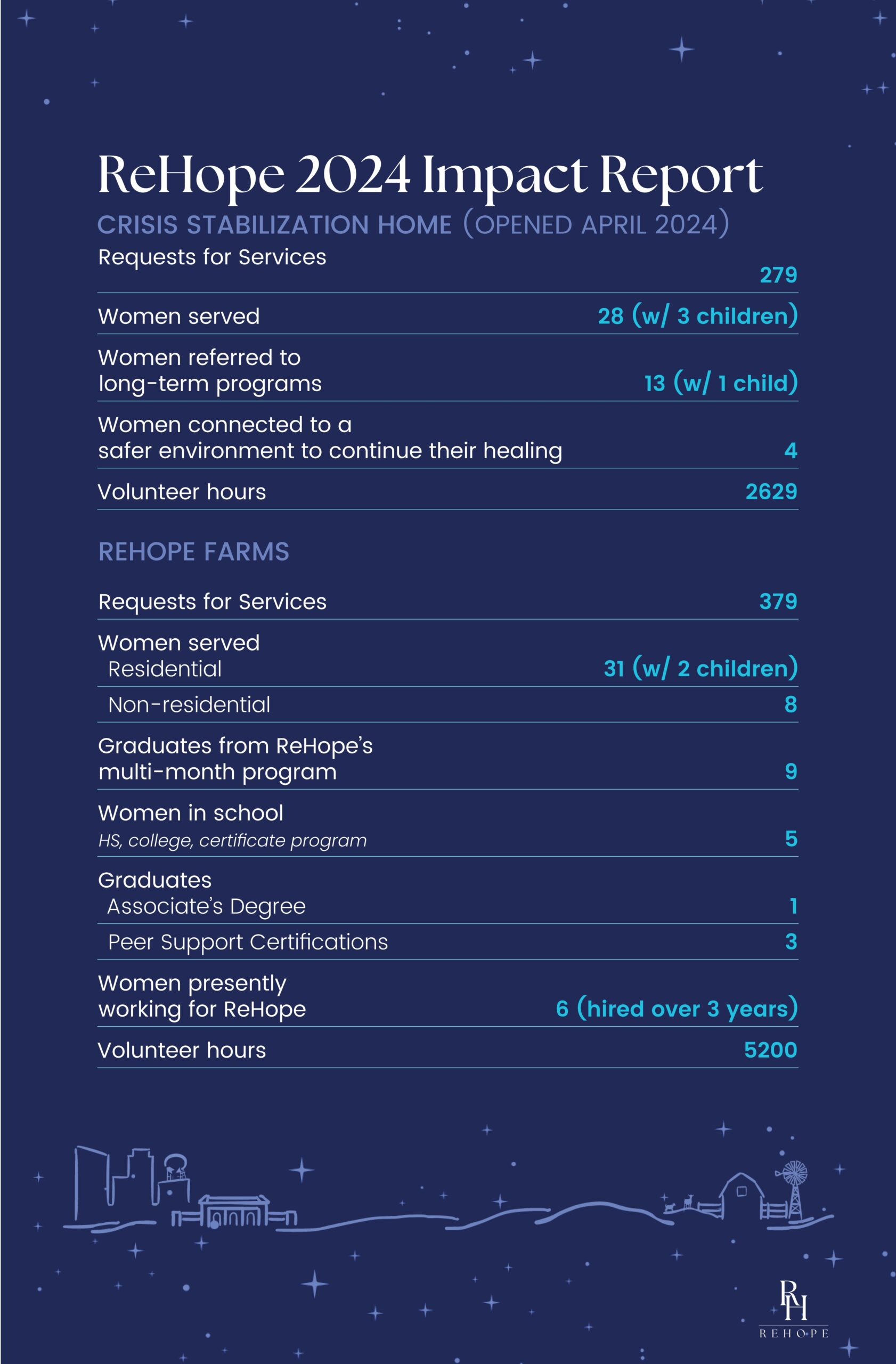developer@segalomedia.com . August 11, 2023
Reading Between The Lines: Identifying Trafficked Minors

“So, the patient was consenting to this, right?” A nurse asked me a few weeks ago, as I walked out of a patient’s room in the Emergency Department.
She was referring to a teenage female I was taking care of that was clearly being trafficked.
The patient had the following major red flags for trafficking:
- She had a long history of childhood sexual abuse
- She had been on the run for several weeks
- She had multiple mental health diagnoses
- She tested positive for Fentanyl
- She had signs of self-harm
- She had dropped out of high school
- She had just been treated for a sexually transmitted infection several days before
- Her “friend” had rented the hotel room she was found in
- Her “friend” was also live streaming her sexual assault with a sex buyer (which is how she was found)
- Her CashApp was full of transactions that had sexual emojis attached to them
Most people in the anti-trafficking realm can understand how all of these signs point to trafficking (which clearly was happening). But the first responders, law enforcement who took a report, and even her nurses were having a hard time understanding, because she wouldn’t disclose being trafficked. She kept saying that she “wanted to” (despite the fact that she couldn’t actually remember being at the hotel due to intoxication).
Most trafficking victims won’t disclose for a myriad of reasons.
After I explained all my concerns to the nurse, she quickly changed her mind, but the reality is that
1) A minor can’t consent to being exploited, even if they say they “wanted to”
2) If we don’t teach our first responders what to look for, victims continue to get missed over and over and over.
I’ve said it before and I will say it again, relying on a trafficking victim to disclose will never work. Training really matters so we can provide trauma-informed care and resources. For more information on experts who can teach first responders on how to identify human trafficking check out:
The Human Trafficking Training Center
Paradigm Shift Training and Consulting
The Stop Trafficking Project






